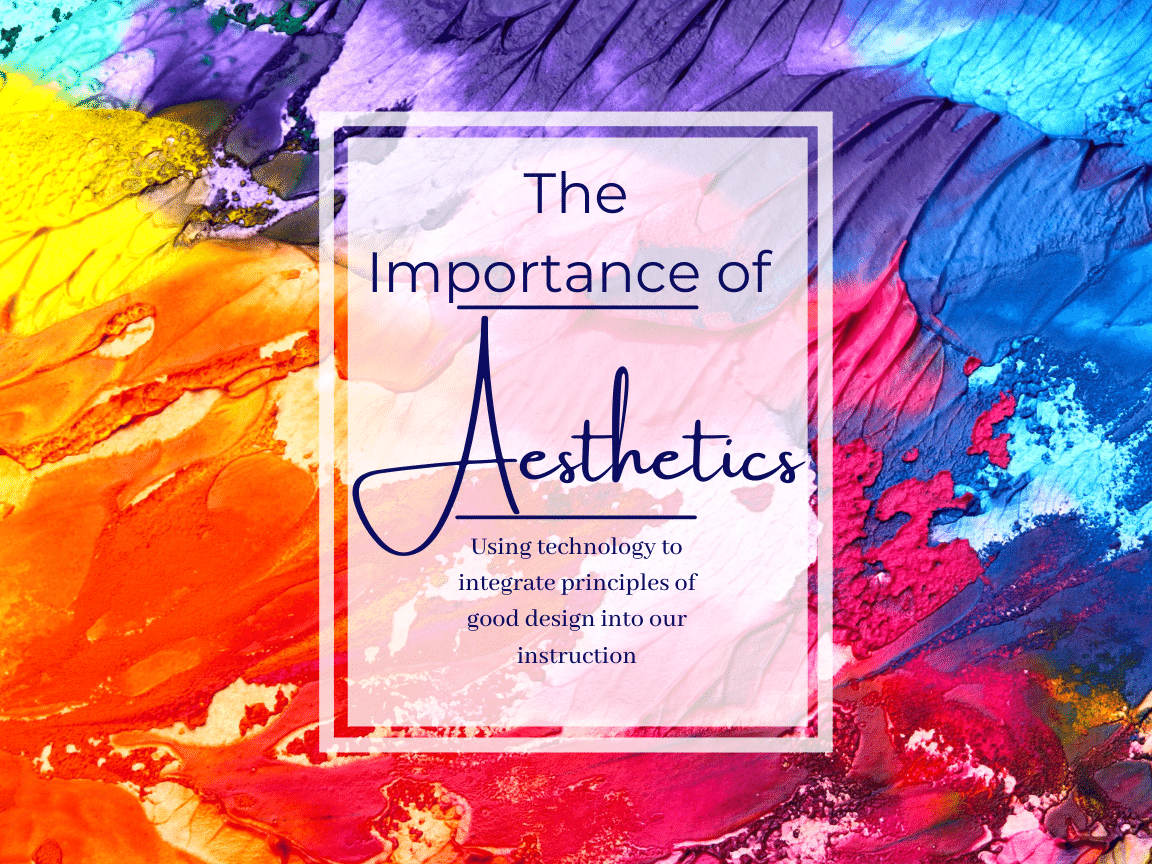Bulletin Board Bob
If there’s anyone who has failed in the effort to create an aesthetically-pleasing learning environment, it’s me–from day one. I seem to recall that during the first day of my student teaching experience at Holt High School, my cooperating teacher and I brainstormed ideas for the bulletin board in the back of the classroom. We came up with the idea of lining it with newsprint and adding the text, “DNA: The Language of Life”. We went ahead and lined the bulletin board with the newspaper we had on hand. My next task was to add materials that showed the structure of DNA and how the “letters” of DNA provided the code needed for all living things.
The following April, as I finished my student teaching assignment, there sat the bulletin board, a blank canvas of the fall’s news, with the bold text that read “DNA:”. Nothing else. I didn’t even get to the text clause. My fellow student teachers and I still laugh about that to this day. I guess I just never got around to it. Bulletin boards have never been my thing.
Fast forward a few years to one of my first classrooms at Edsel Ford High School, of which most students can probably still remember vividly the overwhelming odor, primarily caused by the 14-foot Burmese python that lived in the back of the room in a cage–what he ate and what he, well, “processed”–despite our best cleaning efforts. Nevertheless, it was an authentic, biological olfactory experience for my students. Even today, 20 years later, there’s a slight trace of the odor in that room if you take a big enough whiff.
The fact of the matter is that the aesthetic of our learning spaces is important. The quality of what students see, hear, smell, and touch when they come into our rooms can have a significant impact on their learning. Overdoing it can cause distraction and a lack of focus. Under-doing it can incite boredom and cause students to overlook the inherently engaging aspects of the curriculum.
What’s technology got to do with it?
Technology can be used in a multitude of ways to increase learning opportunities for students. One often overlooked advantage, however, is in the area of aesthetics. Creating digital learning opportunities for students in our classrooms can allow for a far superior learning experience–and who can deny that a sensorily appealing experience can give materials the edge when it comes to engagement? Here are a few thoughts on some aspects of the aesthetics of our classrooms, and how we can enhance it using digital technology:
Visual
One of the tools I use most often to create visually appealing content is Canva.com. I have been using Canva for years, and just realized that the pro features are available to educators for free (Here’s the link for more info on that https://www.canva.com/help/article/about-canva-for-education/). Features for educators on Canva include pre-made templates that can be used for anything from infographics to lesson plans to group work organizers. And for those who do not consider themselves artistically-inclined, many of these ready-made templates can give you more than a head start to creating something that is visually pleasing.
But creating visually pleasing materials goes beyond simple graphics. It has much to do with the way our Schoology pages are laid out and organized. It has to do with the quality of the images we use in our Google Slides presentations, our font choices, how we use things like white space on our sites and documents, and our deliberate efforts to help students focus on the most significant take-aways from our lessons. All of these incorporate aspects of design that we can leverage technology to enhance. For instance, while I’m deliberately not specifically mentioning color (because sometimes we can make things overwhelmingly garish and gaudy), there is something to be said for the advantage of digital materials that can incorporate something beyond the monochromatic schemes of Mr. Xerox. The important thing is to pay attention to what attracts students and helps facilitate their engagement and focus.
Audio
Providing high quality, aesthetically pleasing audio involves everything from, perhaps, choosing an appropriate playlist of music to play over the classroom speakers via YouTube, to being intentional about choosing a decent microphone for teacher-recorded audio or Zoom meetings. It could also involve allowing students to choose their own music to listen to during independent learning activities (to which I like to add the disclaimer along the lines of “You can listen to anything you want as long as you are the only one who can hear it.”). Or, it could involve using a consistent music track as the “timer” to know when bellwork time is over. Either way, paying attention to the sounds that exist in the classroom and being intentional about making sure they are conducive to learning are important in increasing student engagement. Likewise, helping students control the volume of the conversation in the classroom can also be helpful, whether you are using a noise level meter app on your phone, the noise meter on Class Dojo, or a noise level monitoring site like https://bouncyballs.org/, to which I was introduced by the wonderful Amber Wade from the RESA WATT Team.
Smell
This is one we need to be especially careful about since many students and staff members can have extreme adverse reactions to the commonly-utilized chemicals that are perceived as scents. Nevertheless, smell is an important aspect of our classrooms. Perhaps one day digital technology can help with this. Maybe some are on to the connection of digital technology and scent with studies in things like digital olfaction. In the meantime, we may just have to grow in our appreciation of the authentic smells of science and caffeinated beverages.

Bob Harrison
Instructional Technology Coach
Bob Harrison is the secondary Instructional Technology Coach for the Dearborn Public Schools. He has over 23 years of experience teaching science in high school and middle school, and has supported teachers, administrators, and students as the Tech Coach since 2015.
Bob is a member of ISTE and a participant in multiple online professional learning networks of instructional technology specialists. He tweets regularly from @bharrisonEDU, and co-hosts the podcast ArchiTECHs of Learning, available on Apple Podcasts, Spotify, Google Podcasts, and Stitcher.
Contact Bob at harrisr@dearbornschools.org.

0 Comments